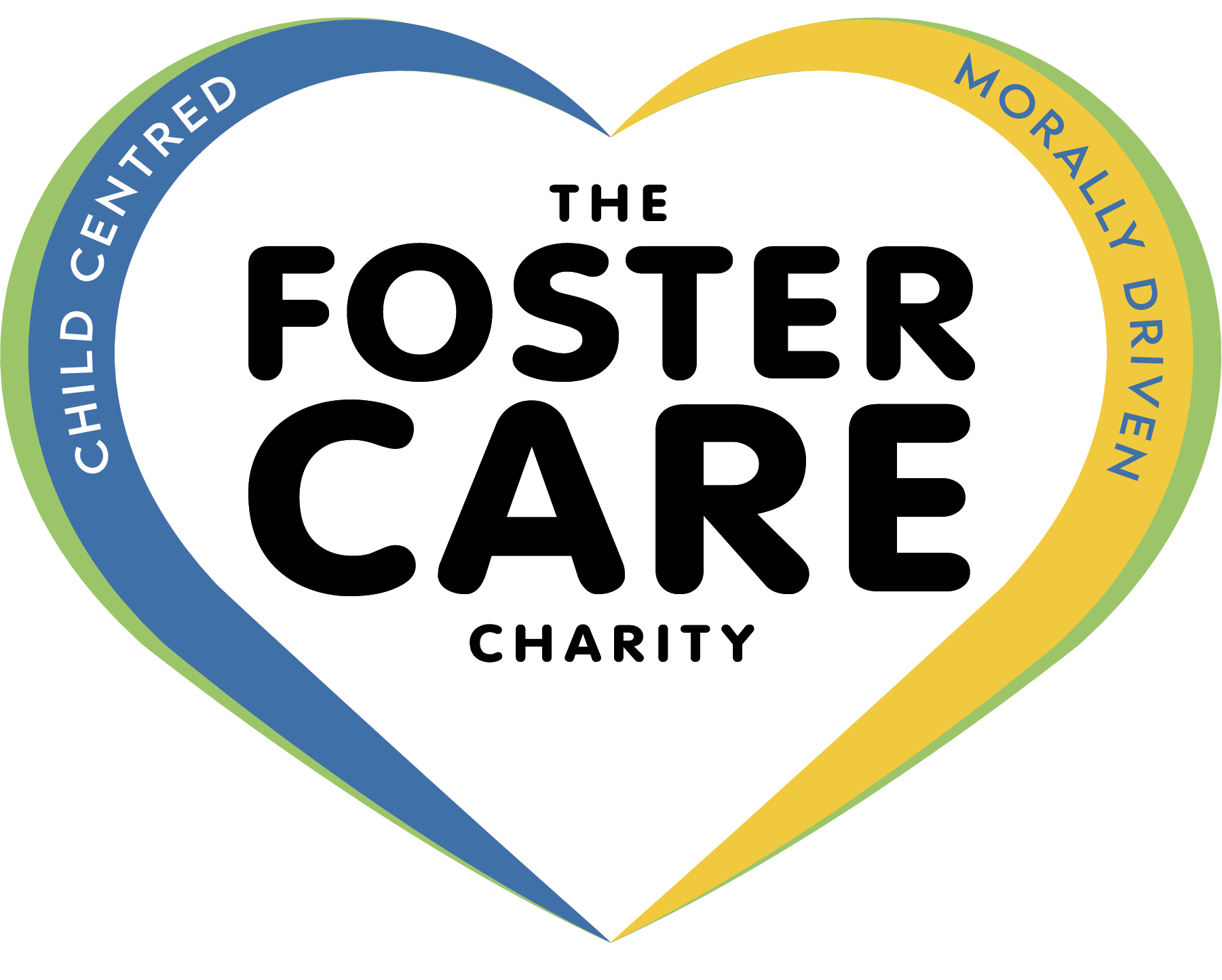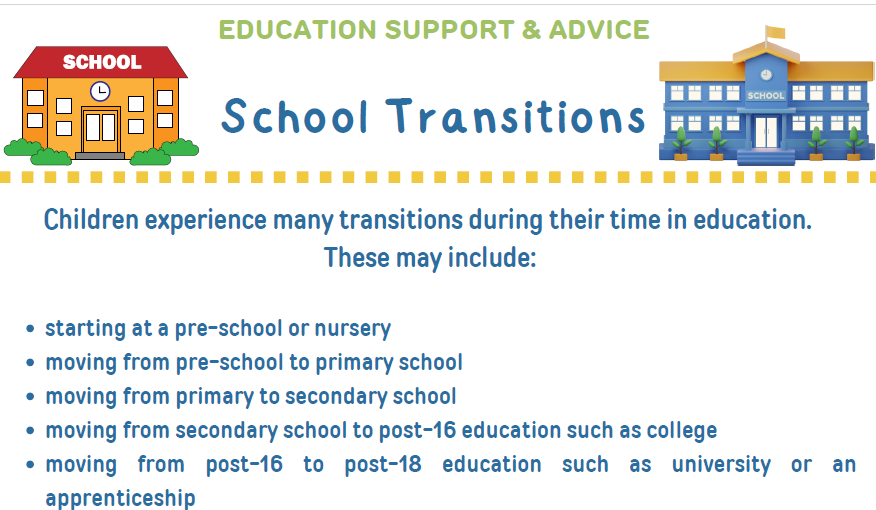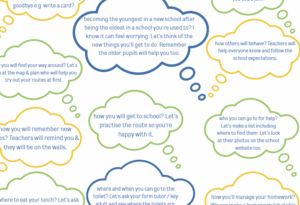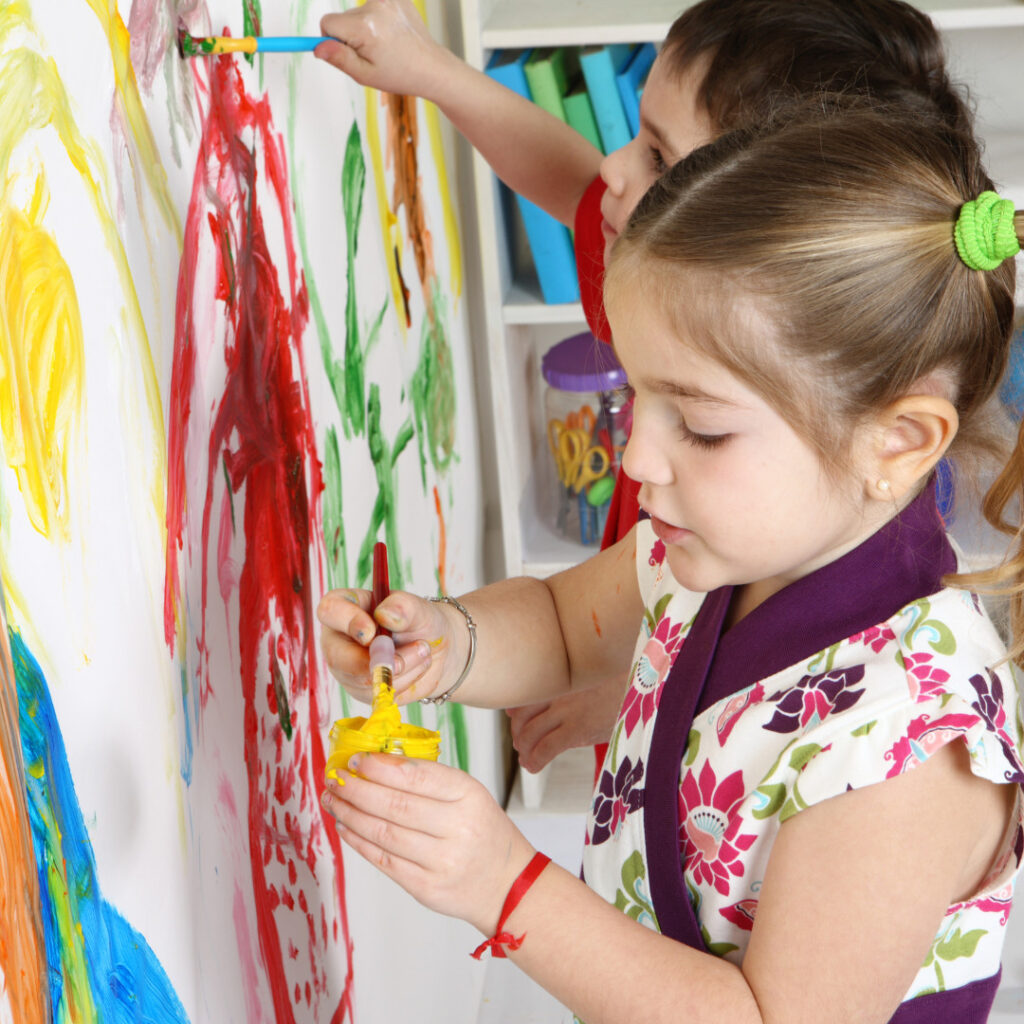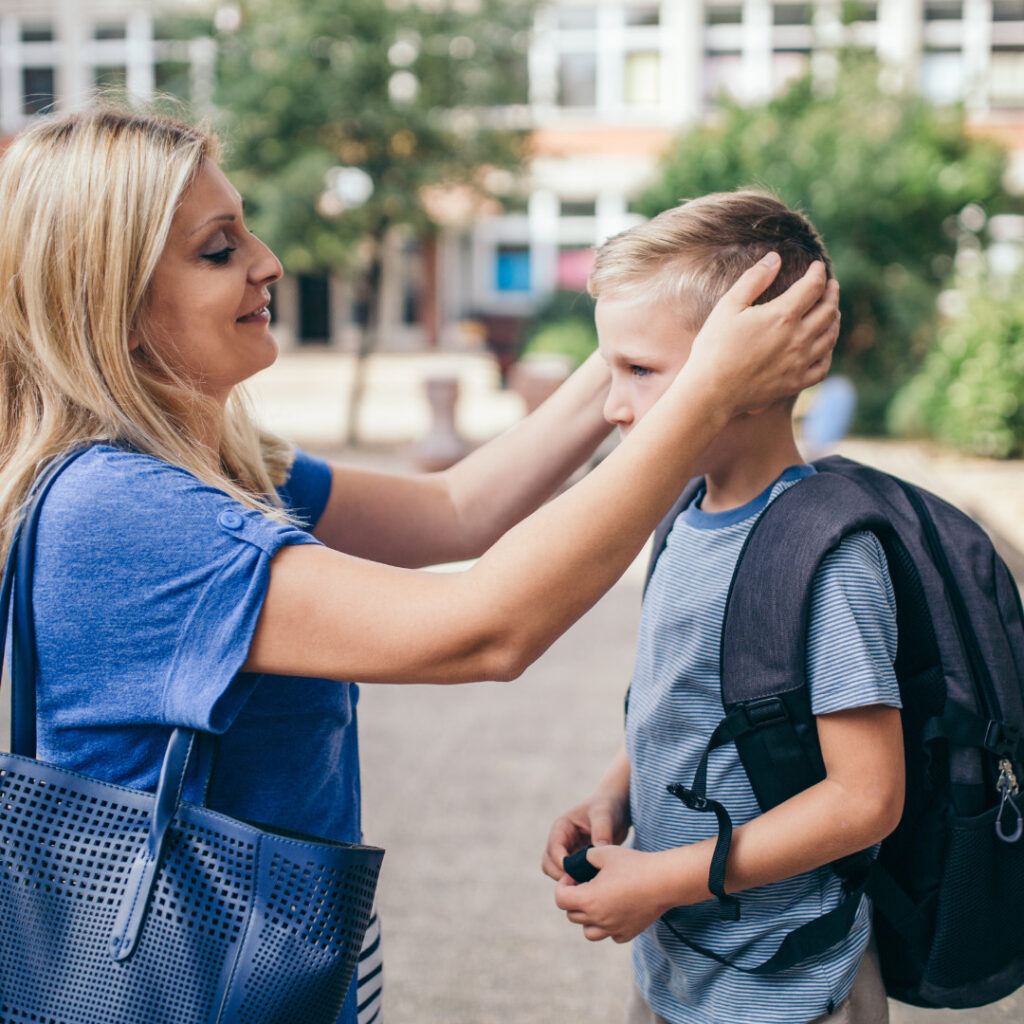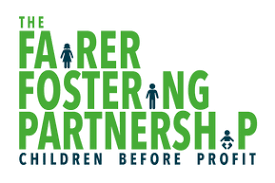Making School Moves Easier for Children in Foster Care
Transitions are a natural part of every child’s educational journey—but for children in care, they can feel especially challenging. Whether it’s starting nursery, moving to secondary school, or joining a new foster family and changing schools, these changes can bring uncertainty and anxiety.
As foster carers, you play a crucial role in helping children navigate these transitions with confidence and stability. Here are five practical ways to support them through key educational changes:
Here are five practical ways to support them through key educational changes:
1. Start Planning Early
Attend PEP (Personal Education Plan) meetings to discuss transition needs.
Communicate with the Designated Teacher to share your child’s strengths and needs.
Ask for contact details for new teachers and share your preferred ways of staying in touch.
Visit potential schools with your child and ask about transition support, particularly for looked-after children or those with additional needs.
Plan in rest time around transition periods to give everyone time to adjust.
2. Build Familiarity
Request a transition booklet with photos and information about the new classroom and routines.
Encourage attendance at transition days or summer schools.
Practise the school journey, especially if it’s new or involves public transport.
Help your child get familiar with uniforms, timetables, and routines. A visual timetable may help some children feel more secure.
Practise getting ready—packing bags, trying on uniforms, and organizing equipment.
3. Offer Emotional and Social Support
Let your child talk openly about how they feel—reassure them it’s okay to be nervous.
Remind them who their key adult is in school and how to find them.
Encourage friendships through clubs, activities, or meet-ups over the holidays.
4. Extra Support for Children with SEND or an EHCP
If your child has special educational needs:
Ask about the school’s SEND transition package.
Ensure the EHCP is fully understood and implemented in the new setting.
Reasonable adjustments can make a big difference:
Colour-coded maps or timetables
Photos or videos of key places
Social stories about the school day
A buddy system or quiet space
Extra visits or time in the new classroom
Meeting the SENDCO in advance
5. Celebrate Progress
Remind your child of transitions they’ve handled before—they’ve done it before and can do it again.
Celebrate milestones, no matter how small—these achievements help build self-esteem and resilience.
💡 Final Thought
Transitions can be tough, but with planning, communication, and emotional support, children in care can move forward feeling safe, seen, and supported. And remember—you’re not alone. Reach out to school staff, social workers, and support networks. Together, we can make each step feel a little easier.
Thank you for the support and care that you provide to the young people in your world!
